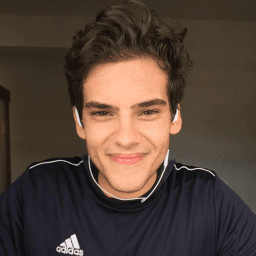Top 29 Art Director Interview Questions and Answers [Updated 2025]

Andre Mendes
•
March 30, 2025
Navigating the path to securing an Art Director position can be daunting, but preparation is key. This comprehensive guide delves into the most common interview questions for the Art Director role, offering insightful example answers and practical tips to help you respond effectively. Whether you're a seasoned professional or just starting out, this post equips you with the tools to stand out and succeed.
Download Art Director Interview Questions in PDF
To make your preparation even more convenient, we've compiled all these top Art Directorinterview questions and answers into a handy PDF.
Click the button below to download the PDF and have easy access to these essential questions anytime, anywhere: